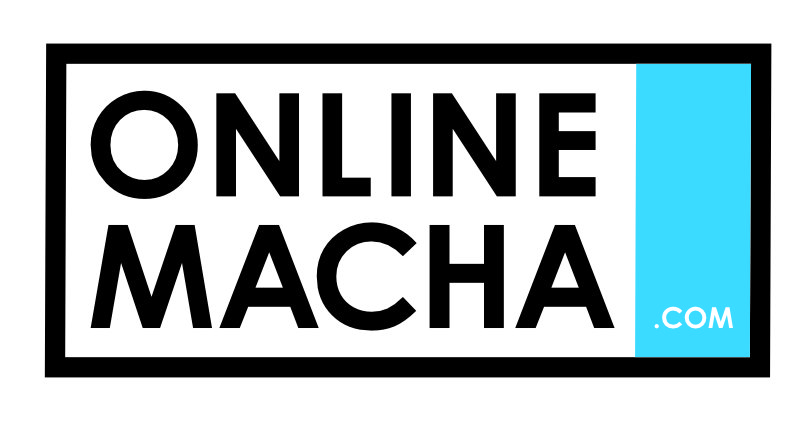
Indian Expat Warns Indian Students: “Don’t Come to the USA, Your Dreams Will Be Shattered”
As students gear up to choose the perfect college to fulfill their American Dream, an Indian-origin software developer with over two decades of experience is urging them to reconsider their plans. In a stark warning, Suren, a well-known critic of U.S. immigration policies, cautions Indian students against pursuing education in the U.S., stating that their dreams may be shattered.
Suren responded to U.S. Ambassador Eric Garcetti’s recent post on social media, where the Ambassador invited Indian students and parents to attend the upcoming EducationUSA Fairs across India. Garcetti’s message encouraged students to explore opportunities at over 80 U.S. universities and make their dream of studying in the U.S. a reality.
Please don't come to #USA. These are lies.
— Suren (@TheSurenk) August 8, 2024
Don't believe me? Talk to anyone who came here to study in the last decade.
– Your dreams will be shattered.
– There is no future after your education is over.
– Your entire career will be chasing #H1B visas.
– Green cards for Indian… https://t.co/EJ1XRa74mJ
However, Suren’s response painted a different picture: “Please don’t come to the USA. These are lies. Don’t believe me? Talk to anyone who came here to study in the last decade. Your dreams will be shattered. There is no future after your education is over. Your entire career will be chasing H-1B visas. Green cards for Indian-born individuals have a wait time of around 100 years due to the #greencardbacklog.”
This warning has resonated with many Indian immigrants who feel disillusioned by the U.S. immigration system. One user replied, “I agree! I moved to the United States 21 years ago from India. Times were different then. Now, it’s India’s time for the next two decades, and smart people will succeed more in India than in the USA.” Another added, “Don’t come to Canada either. You will get citizenship, but it’s unaffordable, and job opportunities are scarce.”
The Reality Behind U.S. Education and the H-1B Visa Trap
For many Indian students, studying in the U.S. is seen as a gateway to a better life, offering top-tier education and the chance to secure a high-paying job in their field. However, the reality, as Suren points out, is far more complicated. After graduation, students are often thrust into the grueling process of securing an H-1B visa—a work visa allowing foreign nationals to be employed in specialized fields in the U.S.
The H-1B visa process is notoriously competitive, with a limited number of visas available compared to the high number of applicants. Even for those who successfully obtain an H-1B visa, the challenges don’t end there. The visa comes with restrictions that limit job mobility and bring the constant threat of expiration if employment status changes.
The Green Card Backlog: A Daunting Challenge
Perhaps the most significant hurdle is the Green Card backlog. Under the current U.S. immigration system, Green Cards are capped at 7% per country, regardless of population or the number of applicants. For Indian nationals, this has led to an overwhelming wait time that can stretch up to 100 years, as Suren highlighted in his tweet.
This backlog leaves many skilled professionals and their families in a state of limbo. Despite living and working in the U.S. for years—sometimes even decades—they struggle to secure permanent residency. This uncertainty hampers professional growth and has personal ramifications, making it difficult to buy homes, invest in businesses, or fully integrate into American society.
As the allure of the U.S. education system continues to draw students, Suren’s warning serves as a crucial reminder to carefully weigh the potential pitfalls of the American Dream against its perceived rewards.




